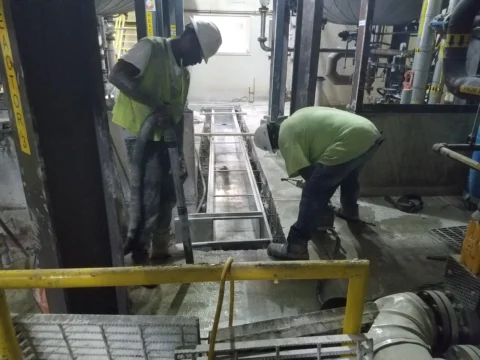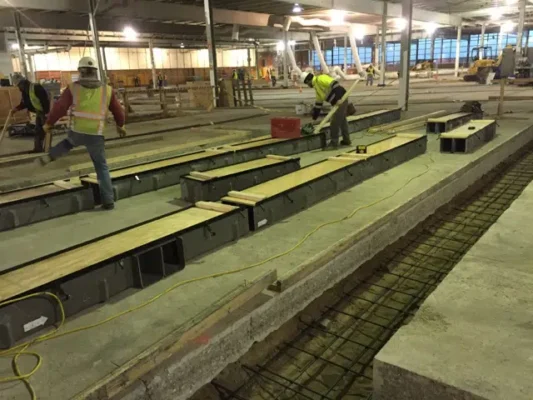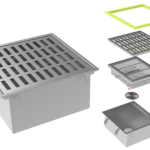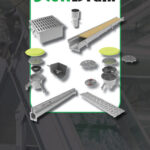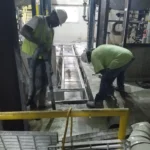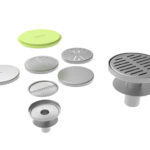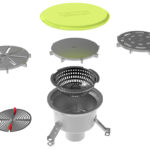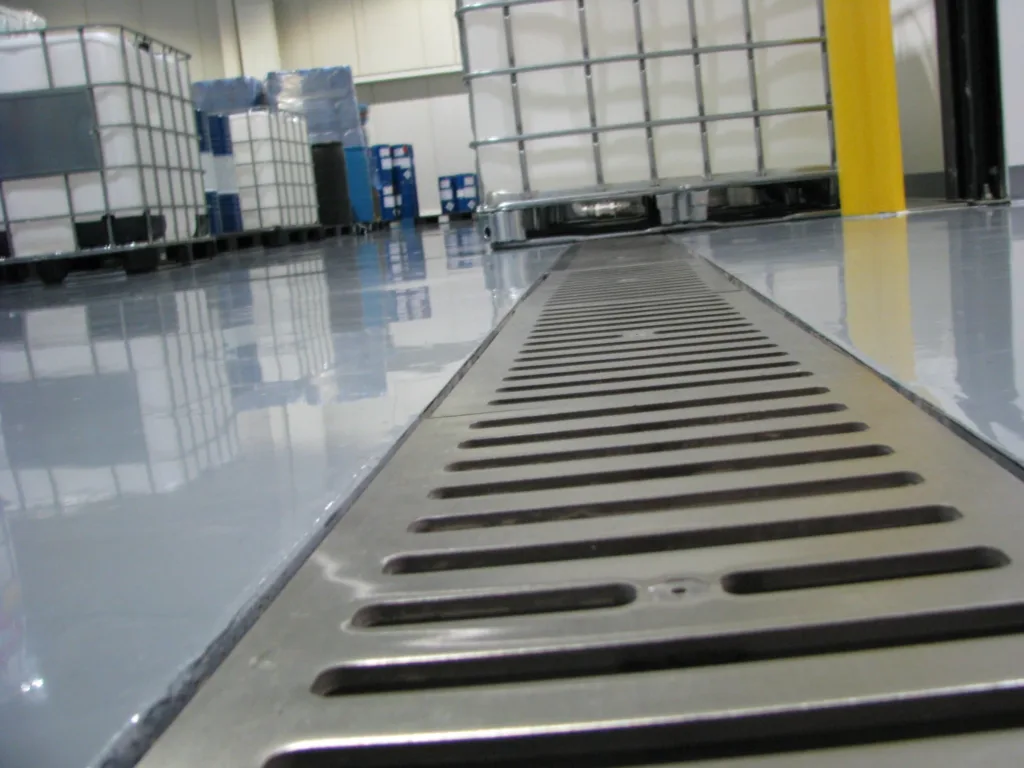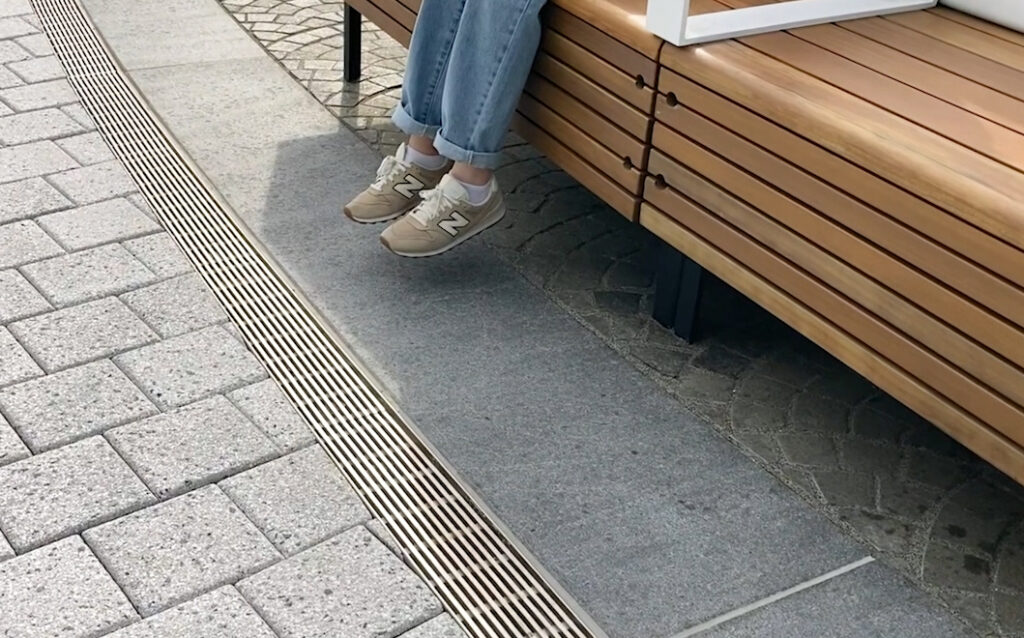Being able to care for your drainage system at your home or business doesn’t have to be stressful. The more that you know about replacing and caring for the drainage that you have installed on your property, the better. While you might not end up taking on these kinds of jobs on your own, you should know how they should be done. This can prevent issues where a company comes to take care of a drain replacement job and does shoddy work without you realizing it.
Most drain grates are placed in areas that might cause the risk of slips and falls or even accidents with wheeled vehicles if the work to replace grates is not done right. You do not want to open yourself up to injuries or to accidents at your place of work because of problems with the replacement job that was done at your property. You should be aware of the basics of this kind of work for your own sake as well as for the safety of everyone who sets foot on your property.
Replacing 1-Inch-Thick Grates
The grates that cover your drainage solutions on your home or business property are always designed for specific uses. You might have different gratings in place on walkways than what is in place on driving surfaces like loading docks or roadways. The design of the grate, as well as the demands that are placed upon it, can make a difference in the maintenance needs of the drain and the grating itself.
For areas that have a high volume of traffic, whether it is foot traffic or wheeled traffic, grates will probably be secured with bolts or screws. This is always the first step that needs to be taken when a grating needs to be removed or replaced. You should not need specialized tools to remove these grates, but you will need to be prepared to take the gratings off completely in order to replace or at least examine the drain and the grating itself.
Gratings that are made of metal materials are more common in food manufacturing locations and breweries, but you might have drainage solutions made from this more durable material at your home as well. These are often screwed down with more anchor points, so be sure that you are looking for all of the various screws or fixtures that keep the grating in place before you start trying to lift the grating off the drain.
What to Do Next After Replacing 1-Inch-Thick Grate?
The next step in replacing a drain grate is to lift the grate off the drain in question. You might be able to do this with a simple flathead screwdriver, but there are specialized tools for this need as well. The fit is meant to be very tight, and you should be careful that you are not trying to cram something that is too large for the space into the area around the cover. You might actually cause damage to grates that are not going to be replaced by prying too hard at them with a tool that is too large.
If you know that your grate is broken and you are going to replace it, you can pop it out without worrying about what condition it is in. Always make sure that you do not have any debris or plastic parts that have fallen into the drain below. This can be quite common in outdoor locations where drains are used to keep standing water away from walkways and loading locations. You will want to brush out the channels of the drain and make sure that all large debris is removed from the drain under your gratings.
Replacing the broken grate with one that is not damaged is the next step. You will need to be sure that you have the same exact kind of grating on hand to replace the damaged section. If you try to put gratings in place that do not match the other gratings that are in the system, you could have issues with your drainage system. You might also create slip and fall hazards or trip hazards by using the wrong grating in your drain that needed a replacement grate.
When the material of your gratings or the demand on the gratings necessitates that the grates be attached to the drains below with screws or fasteners, you will need to follow the steps that you took to remove the grating but in reverse. Make sure that you have all the right fasteners or bolts in place so that the drain does not create a hazard or end up without a cover for a single section. The attachment points of these kinds of gratings are often very specific, so be sure that you are not missing any of the screws or fixtures that keep the grate in place.
How do I Know if 1-Inch Thick Grate Needs to be Replaced?
Usually, people replace drain grates because they have cracked or broken or been bent in some way. However, over time, you might find that your grate covers will break down just from use or exposure to certain kinds of activities and foot traffic. You might want to replace your drain grates before they break completely or to make sure that they are allowing the maximum amount of water or liquid waste to be drained as needed.
Grates that look like they are about to break or that seem to be loose or wobbly in the trench might need to be replaced with new gratings. You should never try to force a grating to work that has outlasted its prime phase of life. Drains can become quite unsafe the moment that their drainage covers fail, and drain gratings are also the best way to keep clogs from forming in your trenches and your overall drainage system.
The more that you do upkeep on the gratings of your drains, the better off your entire drainage system will be. Getting the maximum number of years from your drainage system is only possible if you take care of your drain grates correctly.
Replacing a 1-Inch Thick Grate Can be an Easy Task
If you know the steps for this kind of upkeep, caring for your drainage system can be really easy. Most 1-inch drain grates are really easy to remove and replace, and you should be able to tackle this job on your own. However, never hesitate to have an expert take care of this kind of work for you if you need help. The grates on your drainage trenches and solutions are key for the safety and for function of your drainage system. They are much more important than many people realize, and they deserve a lot of care and attention.
If you know the basic steps to remove and replace the grating for your smallest trench drains on the property, you should have no trouble taking care of the larger drains with gratings as well. The process is the same for upkeep on all of these kinds of drains and you should be prepared to take care of any trench drain with a grate once you know these simple steps.

